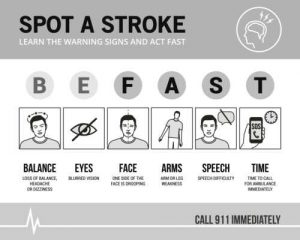SKIN-CRAWLING footage shows two of the world’s deadliest spiders lock fangs and try to bite each other in a battle to the death.
The funnel web spider and the redback both possess venom that can kill a human in minutes, and were filmed fighting outside a man’s house in Australia.
Despite being the smaller of the two, the redback managed to tangle its opponent up in a sticky web.
The redback, also known as a black widow, then unleashed potentially fatal strikes on its foe – which is regarded to be the second deadliest spider on the planet.
The funnel web appears to be dead before it’s challenger scampers away to the safety of a ventilation shaft.
Redbacks are regarded as the fourth deadliest spiders in the world, but this one came up trumps against its apparently more dangerous opponent.
Funnel webs are an unusually aggressive species of spider, have sharp fangs, and are far more dangerous to humans than redbacks.
Their fangs can penetrate shoe leather and their venom is fast-acting.
Footage of the deadly battle has surfaced just days after a huntsman spider was seen dragging a dead mouse to its lair.
What is thought to be the biggest spider ever recorded was pictured in Queensland, Australia, last year.
Redbacks on the other hand are not as aggressive and despite their fearsome reputation, they will only attack if provoked.
Their small fangs struggle to break adult skin and so they are more of a threat to children.
Footage of a redback and a funnel web fighting was filmed by an Australian homeowner and posted on Liveleak.
When the larger and more deadly spider appeared to have been killed, the cameraman poked it with a stick and showed it was actually still alive.
Later in the footage it is put into a jar and released back into the wild.
The two spiders trail the Brazilian wandering spider as being the most venomous in the world.
The eight-legged beast delivers a lethal injection of venom which causes its sufferers to have an erection for four hours.
The erections are said to be extremely painful and cause impotence.
Yuk, two of the worst spiders in Australia. If you join one of our first aid courses in Canberra you will be assured that you will know how to treat both of these spiders bites. Our first aid courses are run every week on different days so that you can get a date that suits you. We also run some first aid courses of an evening for our traidie friends. We can also come to your workplace to conduct a first aid course specifically to your needs.







 Stroke can be treated if detected and addressed quickly. But how would you know if you or a loved one is having a brain attack?
Stroke can be treated if detected and addressed quickly. But how would you know if you or a loved one is having a brain attack?
